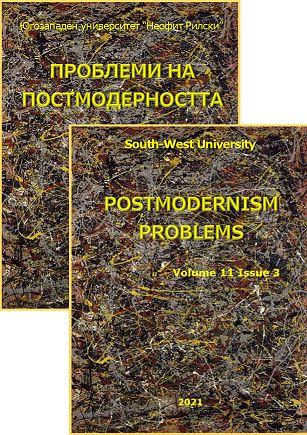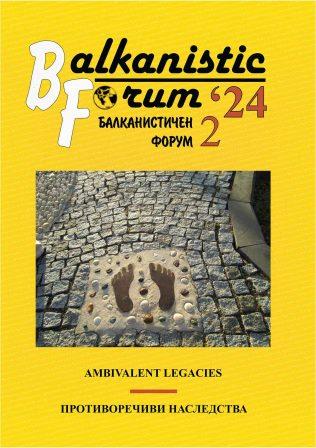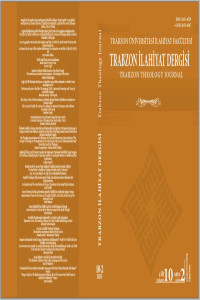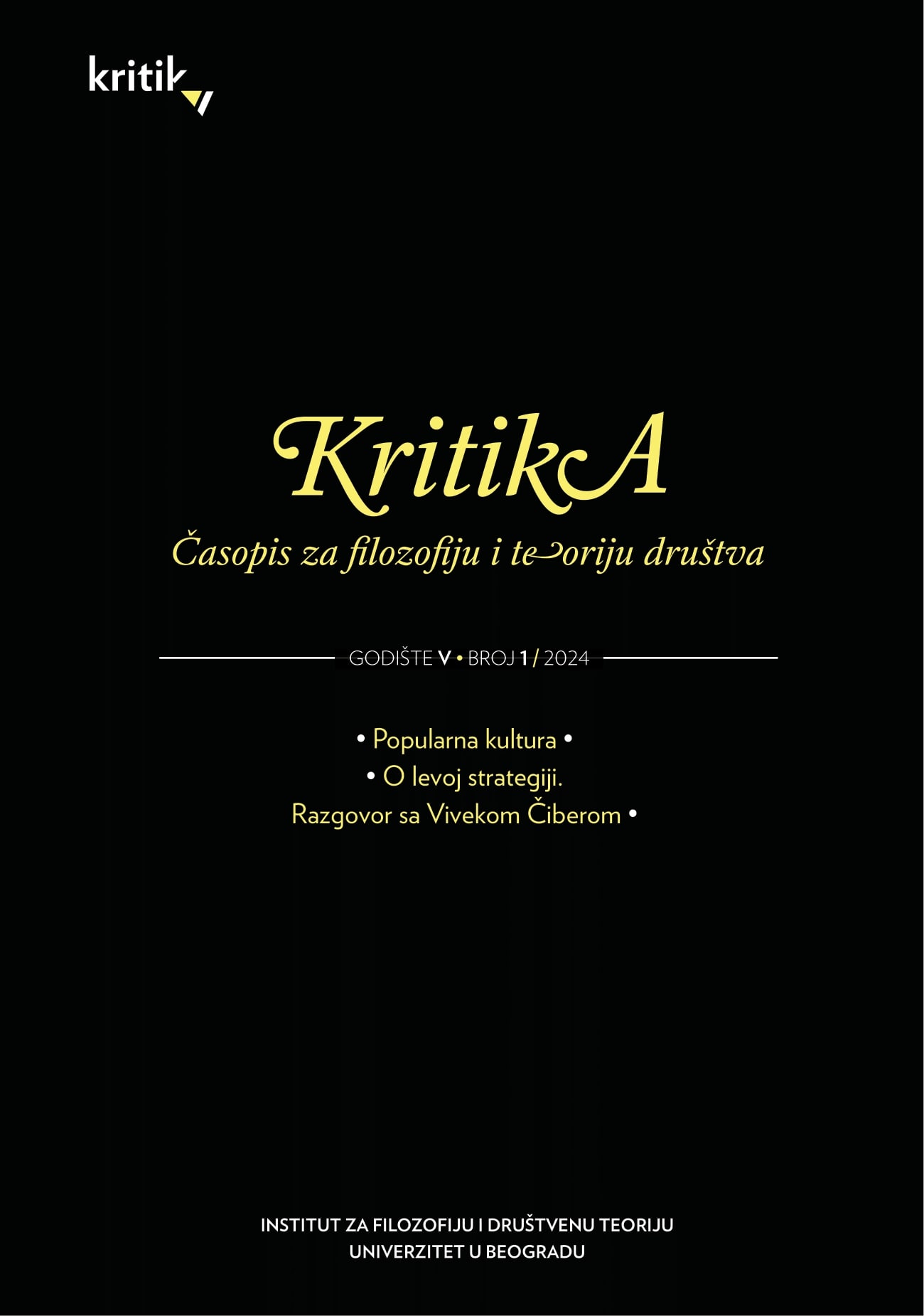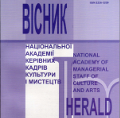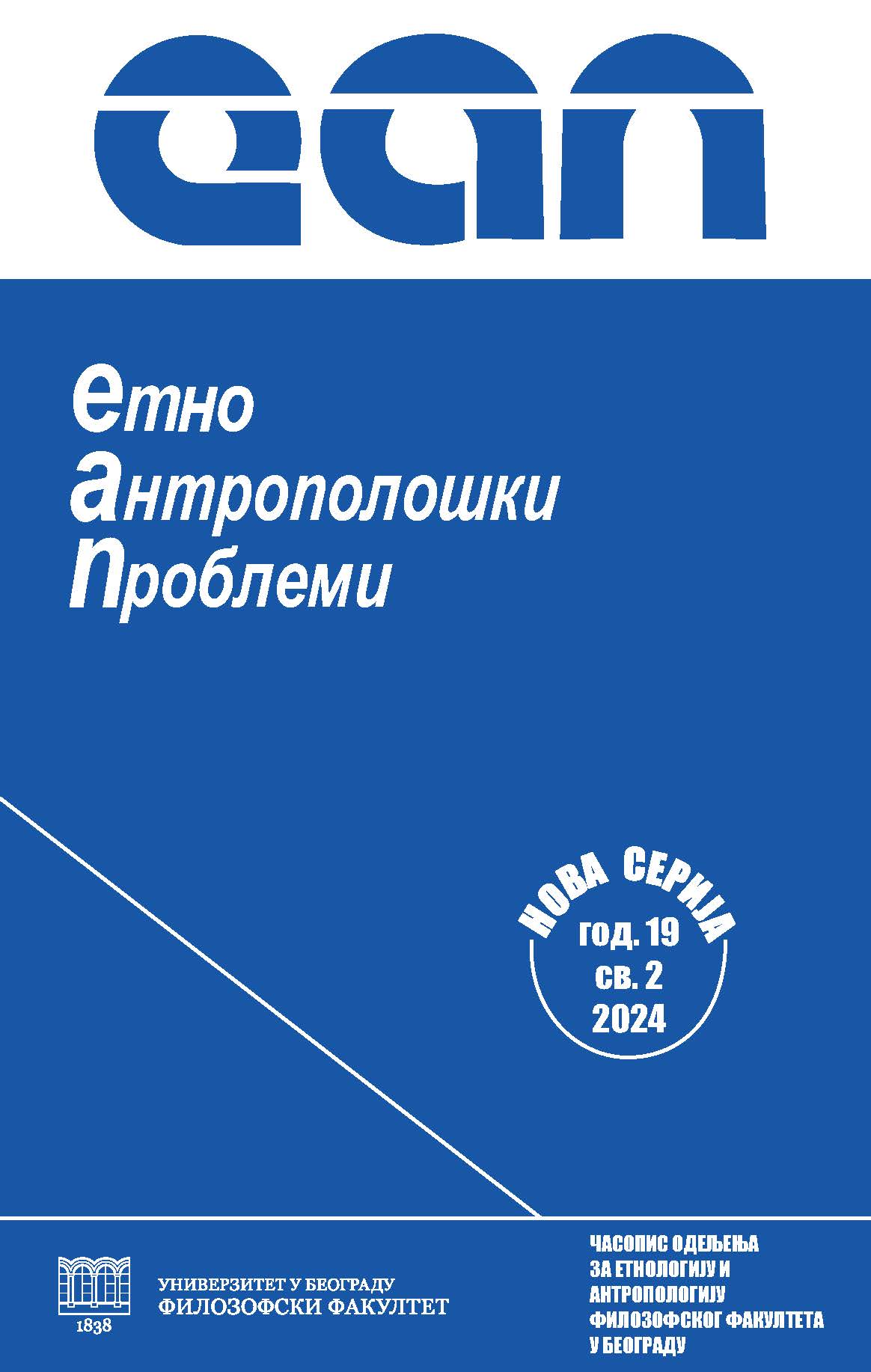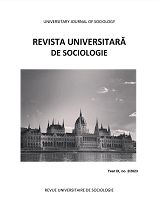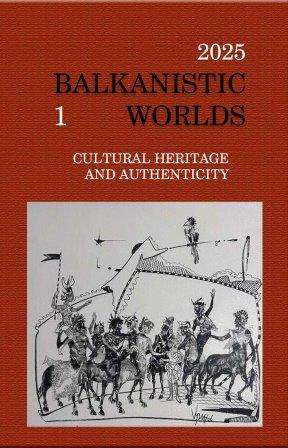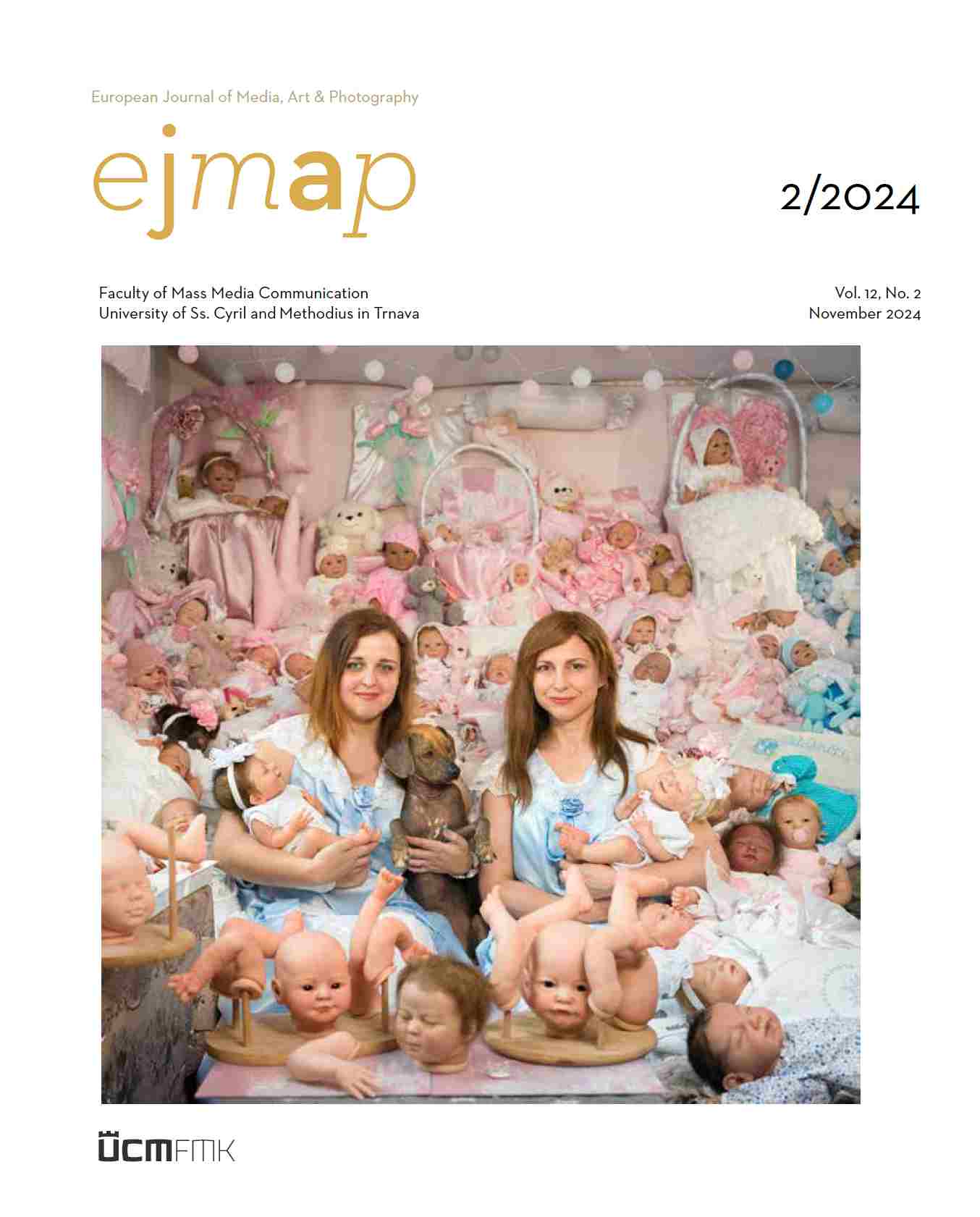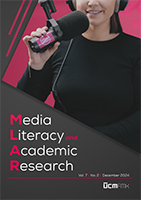Author(s): Marina Mandić / Language(s): Serbian
Issue: 2/2024
The well-known narrative of zombies, the reanimated monsters of contemporary popular culture, can be traced back to the late 1960s, or more specifically to the release of the film Night of the Living Dead (1968) by American director George A. Romero. However, at the time of the film's inception the term zombie was already widely present in American popular culture: the cinematography of voodoo zombie, created in Haiti through magic and psychoactive substances, appeared in America in 1932, with the release of the film White Zombie, based on the travelogue The Magic Island (1929), by American missionary William Seabrooke. The paper initially points to the social and historical circumstances that led to the spread of zombies in Haiti: as the first independent nation of the Western Hemisphere, Haiti at the beginning of the twentieth century became the subject of American imperialist strategies and a threat to the maintenance of hegemony, therefore in the texts of colonial travel writers it was described as a nation of savagery, black magic, powerful voodoo cults, and the reanimated dead. Cultural and racist stereotypes that were transmitted to the United States justified the American "civilizing" mission, i.e. political and economic interventions. The role of zombies in Haiti was that of a slave, a profitable workforce, used by local urban elites, voodoo sorcerers, and colonial regimes since the eighteenth century. In this regard, my analysis highlights the ways in which White Zombie reproduces the established image of Haiti as an exotic place filled with mystery and dangers, adopts the dominant American viewpoints marked by discrimination and racism, and sets cultural norms of distinguishing between the civilized and the barbaric, whereby the white color of the skin reflects the norm of the civilized. To this end, the dialectic of slavery is emphasized in the film by the zombification of a young white woman, thus manifesting the tensions that existed between the imperialist powers and their "subjects" of enslavement, and emphasizing the unequal power relations between subordinate Haitian slaves and Westerners in high positions. Finally, the changes that have taken place over the decades of the zombie monster's development are highlighted: the zombie moves away from Haiti and approaches the modern world, and becomes a reanimated, highly infectious, cannibalistic monster of consumer society, that is, a monster of the global capitalist system.
More...
